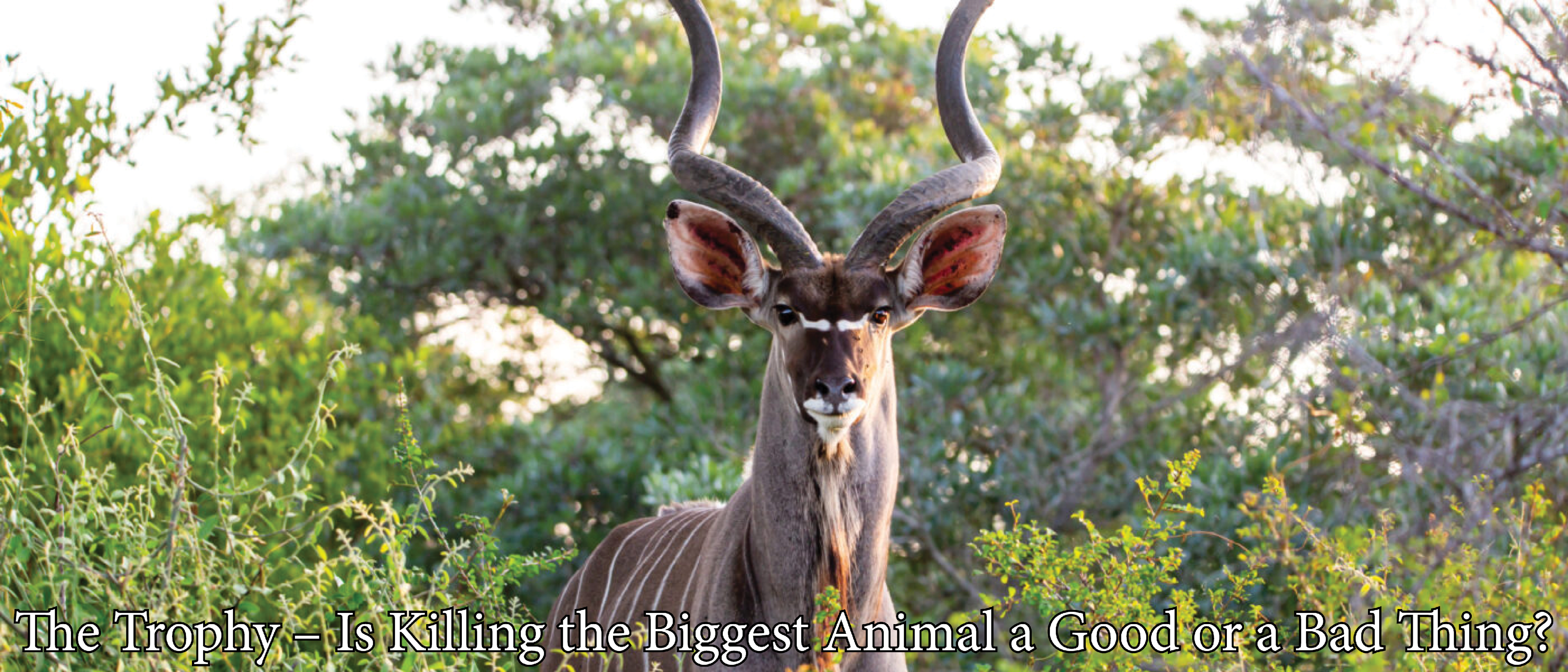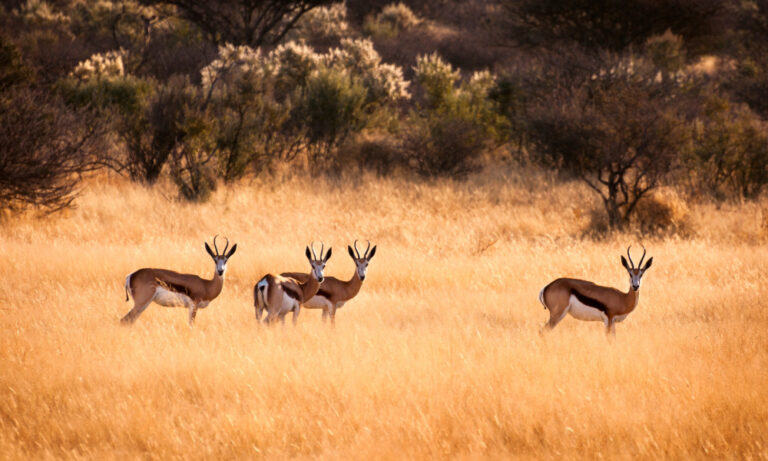By Prof Brian Child
As humans, hunters seek excellence and measure a multifaceted safari by the size or age of the horns on the animal, getting bragging powers by having a trophy bigger than their peers.
Unlike farming or hunting for meat, hunting for trophies is discriminating in the extreme. Although the media often criticizes this search for quality, it has positive consequences for wildlife and wild lands.







